Menus
- What you must remember
- Themore
- Theless
- Make yourBMW R32 1924
- Opinion
- Replaces
- Performances
- The technical aspect
- Competitors
- Gallery
- Related articles
If BMW has become one of the most famous brands in the motorcycle world (and others), its history did not predestined it to become a player in the field of two-wheelers. The famous flat-twin owes its fame above all to a reversal of fortune. The world had sunk, and the BMW Motorrad epic was born from a sanction..
It was at the end of the First World War. The ban on the construction of aircraft engines imposed on Germany by the Treaty of Versailles in 1919 brought an abrupt end to the series of successes of BMW, then mainly a manufacturer of aircraft engines. First, the engineers built the Bavarian engine M 4 A 12 derived from the aircraft engine IIIa to make it a stationary engine or a group intended for the propulsion of boats, tractors or trucks. The company, which at the same time was looking for new fields of activity, then turned to two-wheelers. The post-war reconstruction was indeed linked to mobility needs more and more often covered by motorcycles..
Engineers then developed a small engine with two opposed cylinders with a displacement of 500 cm3. As the pistons and cylinder block of the new M 12 B 15 were made of aluminum, the assembly weighed only 31 kilograms. At first, BMW sold this engine to two-wheeler manufacturers. And then, in 1922, BMW decided to turn to this prosperous market as a manufacturer of motorcycles..
The R 32, the world’s first motorbike with a flat engine and a drive shaft.
Starting from the existing engine, engineer Max Friz, co-founder of BMW, planned to mount the cylinders transversely to the direction of travel. The crankshaft was in a longitudinal position. The gearbox with shafts also arranged longitudinally was controlled by a friction clutch, the two housings being screwed together. The connection between the gearbox and the rear wheel was provided by a cardan shaft. Each of these basic characteristics was already present in the market. But Max Friz was the first to put them together in the innovative construction of the BMW R 32.
On September 28, 1923, at the German Motor Show, in the exhibition halls of the Kaiserdamm in Berlin, BMW officially presented its first motorcycle, in addition to its range of engines. It was a courageous act. The Munich manufacturer faced competition from more than 130 motorcycle manufacturers in its own country. At the same time, the machine powered by an 8.5 hp engine cost Reichsmark 2,200 without options, making it one of the most expensive. Its commercial success, however, provided proof that BMW had bet on the right concept. The BMW motorcycle was distinguished from its competitors not only by the flattened unit formed by the engine and the gearbox but also by its frame with two closed buckles made of steel tubes.
parallels. The very low, flat boxer engine significantly improved the position of the center of gravity and, at the same time, the driving characteristics. The front wheel fork only allowed low travel, but the use of leaf springs provided a certain self-damping effect. The deep black enamel varnish and the expensive decoration of white lines set standards for the quality of the finish.
The first light alloy piston motorcycle engine.
But the mechanics of this bike set even more important criteria. The early BMW motorcyclists could take pride in the fact that they benefited from the experience of the aircraft engine manufacturer. This resulted in the choice of materials as well as the use of light alloy for the pistons as well as operational safety and reliability still difficult to find in the motorcycle construction sector..
No vulnerable chain drive between engine and box, no chain or belt to the rear wheel, valve stems and springs encapsulated high on the cylinders in a dust and oil tight manner. With the lubrication system closed, this had the effect that the motorcycle remained clean and that maintenance operations were considerably simplified..
At that time, the best advertisement for a new motorcycle, and for a new brand in particular, was to achieve success in sports competition. So on February 2, 1924, the young engineer Rudolf Schleicher took the start of the Mittenwalder Steig mountain race and won with the fastest time of the day in his BMW. In doing so, he became the first motorsport winner in the history of the Bayerischen Motoren Werke. But Schleicher was not just a fast motorcyclist. He was also an ingenious builder.
On May 18, 1924, three test pilots from the BMW factories took to the start of the Solitude Race in Stuttgart with a cylinder head of his design.,
which was, for the first time in the field of motorcycle construction, cast in light alloy, and overhead valves (ohv) encapsulated under a cover hood. They won in three categories. This new construction was taken again in 1924 in the new sport model.,
the R 37 which, with its 16 hp, was almost twice as powerful as the R 32 at the time.
The rest is history and a succession of developments. If the brand has diversified with several types of engines and categories of machines, the foundations laid by the R32 are still present in today’s R models..
What you must remember
Themore
Theless
Make
yourBMW R32 1924
Estimate, calculate and compare the cost of insuring your motorcycle.
Calculate the cost of
insurance
Test the price of the motorcycle insurance specialist
Opinion
on 0 opinion
users
Read the reviews
Replaces
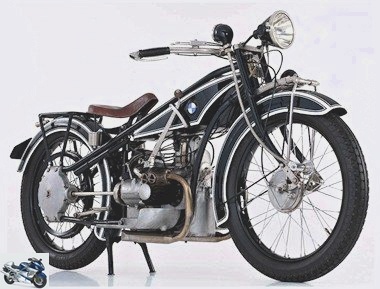
R32 1923
Model marketed in
1923
1924
1925
1926
Performances
-
Max speed:
about 95 km / h -
Consumption
medium: 3 l
The technical aspect
BMW R32 1924
- Frame
- Frame: two closed loops in parallel steel tubes
- Tank: 14 liters
- Seat height: 720 mm
- Length: 2,100 mm
- Width: 800 mm
- Height: 950 mm
- Wheelbase: 1380 mm
- Weight in running order: 122 kg
- Train before
- Fork + leaf spring
- 1 drum Ø 150 mm
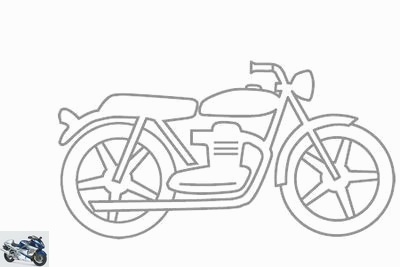
- Transmission
- 3-speed gearbox
- secondary by cardan
- Rear axle
- rigid
- Motor
- Twin cylinder
flat
, 4 stroke - Cooling: by air
- Carburetor Ø 22 mm
- 2 valves per cylinder
-
494 cc
(68 x 68 mm) -
9
ch
at 3,200 rpm - Compression: 5: 1
- Crit’air:
Detached pieces
exhaust
motor
fluid
electricity
filtration
braking
chain kit
Competitors
Gallery
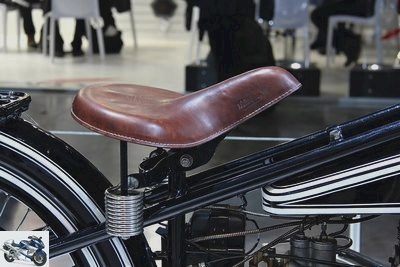
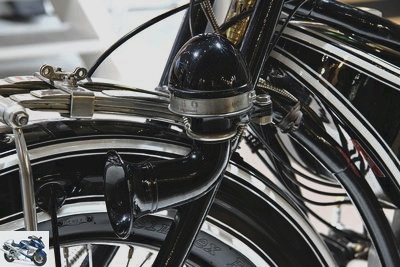
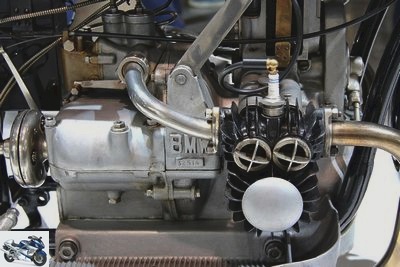


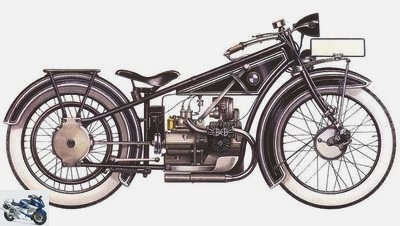
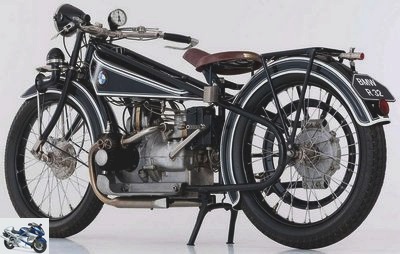
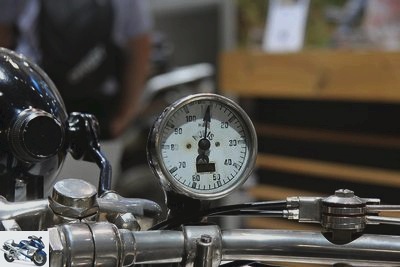
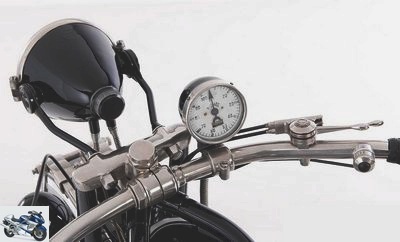
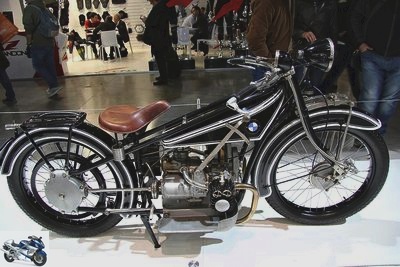
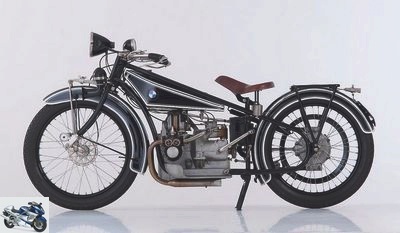
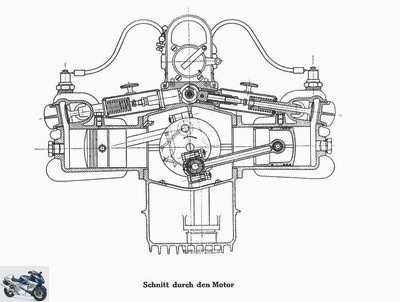
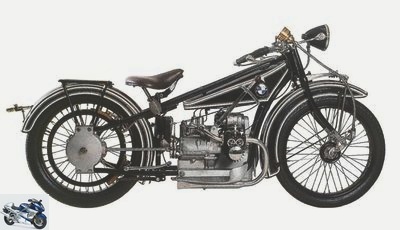
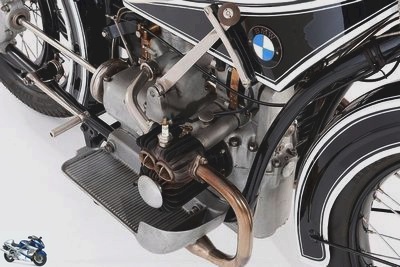
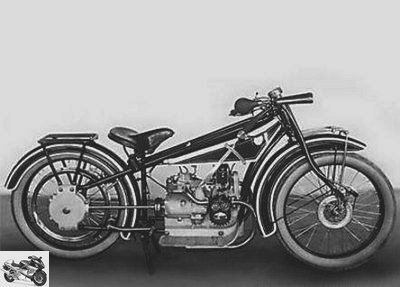
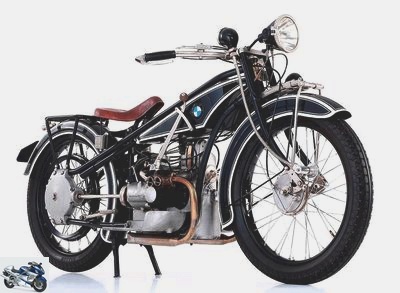
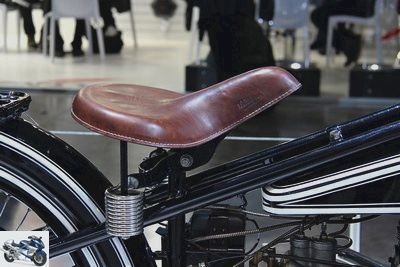
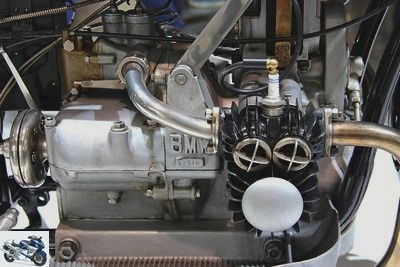
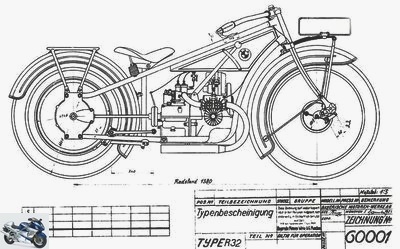
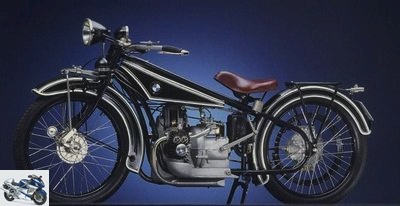
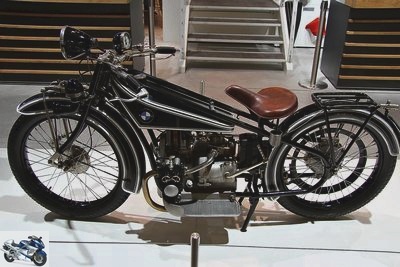
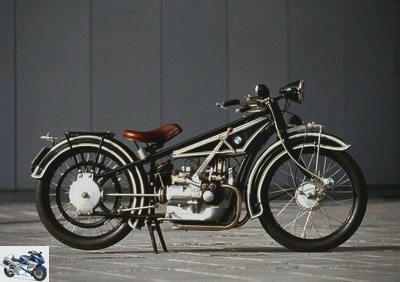
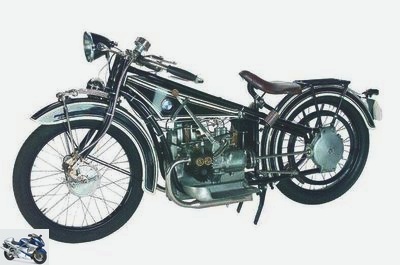
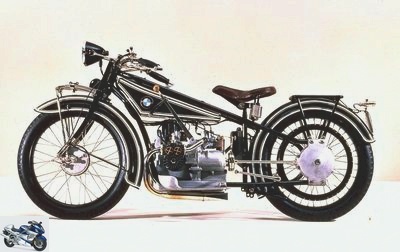
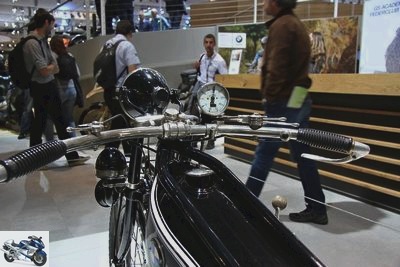
Related articles
-
If BMW has become one of the most famous brands in the motorcycle world (and others), its history did not predestined it to become a player in the field…
-
If BMW has become one of the most famous brands in the motorcycle world (and others), its history did not predestined it to become a player in the field…
-
If BMW has become one of the most famous brands in the motorcycle world (and others), its history did not predestined it to become a player in the field…
-
Since the appearance of the VFR 800 X in 2011, Honda has discovered a passion for this new concept: motorcycles in the cross-over category – like in…
-
With the arrival of the 750 version, one would think that the NC 700 X (and its sister S) would be shelved to leave the field open to its most punchy…
-
Since the appearance of the VFR 800 X in 2011, Honda has discovered a passion for this new concept: motorcycles in the cross-over category – like in…
-
This motorcycle was produced from 1936 to 1937 in 2,652 copies. Thanks to the engineer Rudolf Schleicher, it is equipped with a tunnel box engine…
-
The supermotard is the perfect machine for getting around, tackling collars at the bottom of the connecting rod and passing tight bends at the speed of a…
-
The dawn of the 2000s saw the birth of a beautiful squadron of sportswomen of all kinds and from all backgrounds. The Princesses of Superbike, where…
-
BMW is entering the custom segment with force with its new R 18. Long awaited, the machine allowed desire to work until the adoption of a huge and…